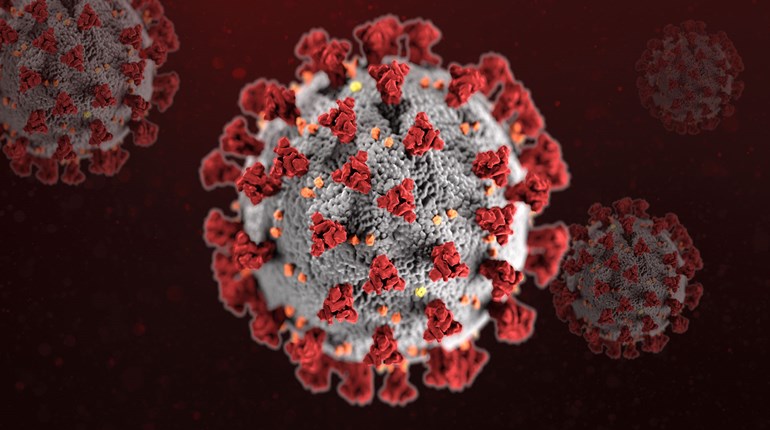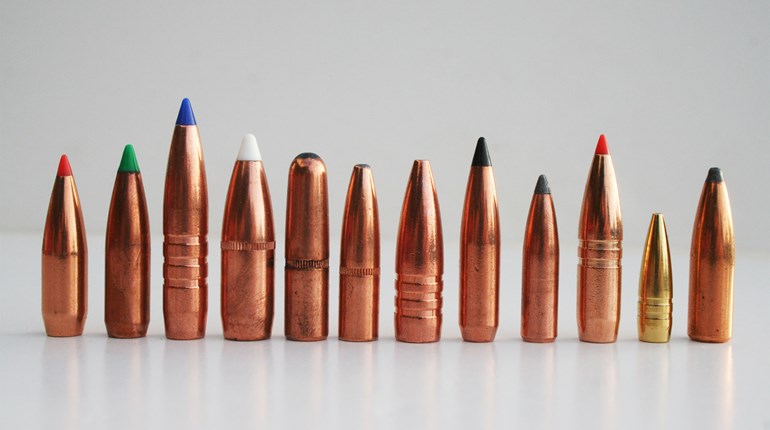Every good hunter knows thermals cause the air to rise, or flow uphill, in the morning, right? Like all generally accepted hunting lore, it's true—most of the time. Making that assumption all the time, however, could cost you chances at deer. Air rarely flows consistently over forested, sloping terrain, and this includes air influenced by thermals. Thermals can be complicated and require more than just a simple awareness to beat.
The first step in beating thermals is to realize time, terrain and weather are factors. Thermals are caused by the ground warming the air. In order for the ground to warm the air, it must first be warmed by the sun. Air will rise when it's warmed, but the time that happens depends on how quickly the sun heats things up. Early in the morning—before sunrise and even an hour or more after—the ground may not be warm enough to influence an upward, or uphill, movement of air. During the first couple hours of daylight, air cooled overnight may still be sinking and flowing downhill. If your morning stand is uphill from a food source or trail, you may be upwind of the deer you're hunting until thermals take effect.
The same thing applies in the evening. The time when the air starts cooling and moving downhill is dependent on location and the weather. During a cloudy day, the air on a shady, northeast-facing slope may start cooling by mid-afternoon. Clouds and shade weaken the sun's effect, and shortly after noon the sun is no longer shining directly on the slope. In this case, sitting in a stand that's on the downhill side of a trail or staging area could be just the ticket if the deer you've patterned don't show up until the last hour or so of light. Conversely, during a clear day on a relatively open, southwest-facing hillside, the ground may not start to cool the air until sundown. In places like this, you want to be uphill from the deer's travel route.
Whenever a bedding area is uphill or downhill from your stand, be careful switching thermals don't betray your presence. Even though you may be counting on downhill airflow in the late afternoon and therefore hunt a stand downhill from a bedding area, air could still be flowing uphill as you settle in. Placing your stand on either side of the bedding area on the slope above you—not directly downhill from it—will let you get into your tree early without busting deer uphill. Of course, you want to access the stand without crossing downhill from the bedding area while thermals are still moving air uphill.
Unfortunately, predicting the exact time when air influenced by thermals will start to move uphill or downhill is tough without getting into the woods. Scout mornings and evenings on still days early in the summer, paying attention to airflow. Realize, however, changing amounts of both sunlight and vegetation later in the year can influence the timing of thermals. These early scouting trips will give you a general idea of thermal airflow, which you can fine-tune during the season.
Finally, of course, you must also pay attention to the prevailing wind direction. A steady wind blowing across a slope could negate any effect thermals have on airflow. Depending on its strength, the prevailing wind could also work with thermals to carry your scent in an uphill- or downhill-quartering direction.
In theory, thermals are predictable, but in practice they can be tricky. Don't assume an uphill airflow in the morning and a downhill flow in the evening. Careful consideration of the terrain, a slope's orientation to the sun and the weather, backed by scouting, is the only way to beat them.




































